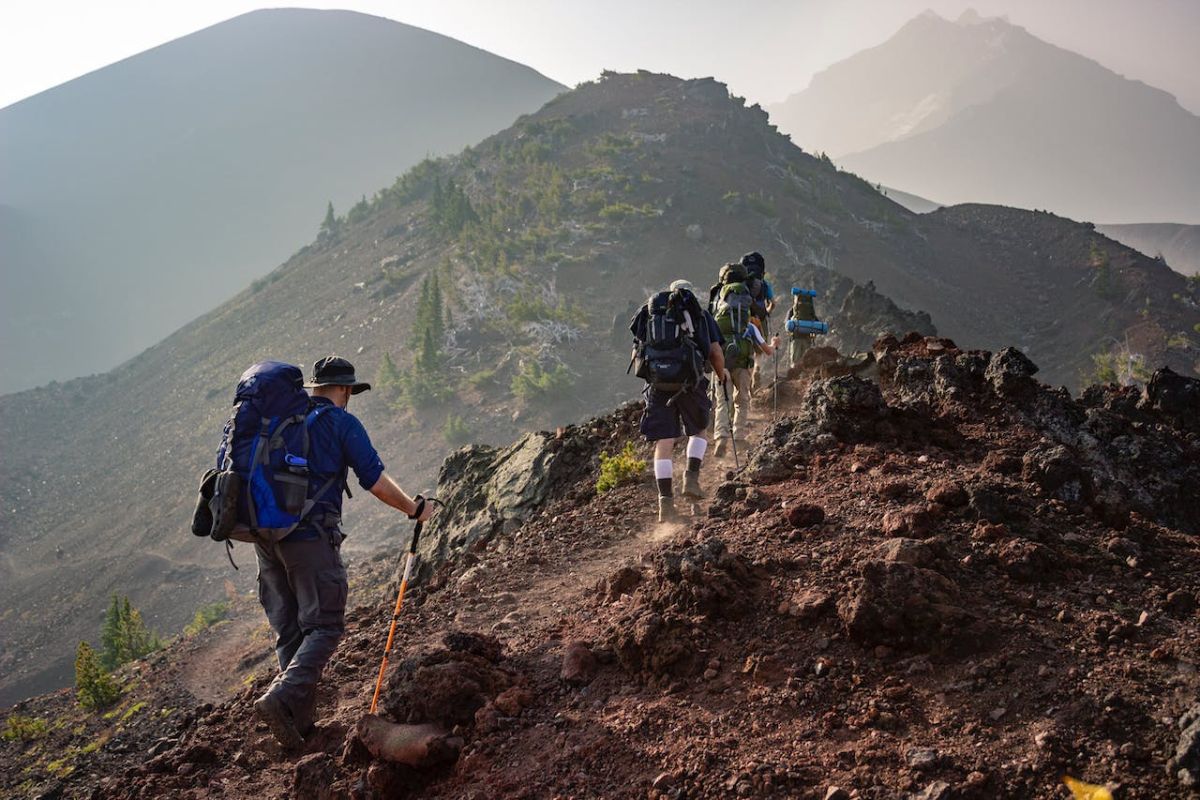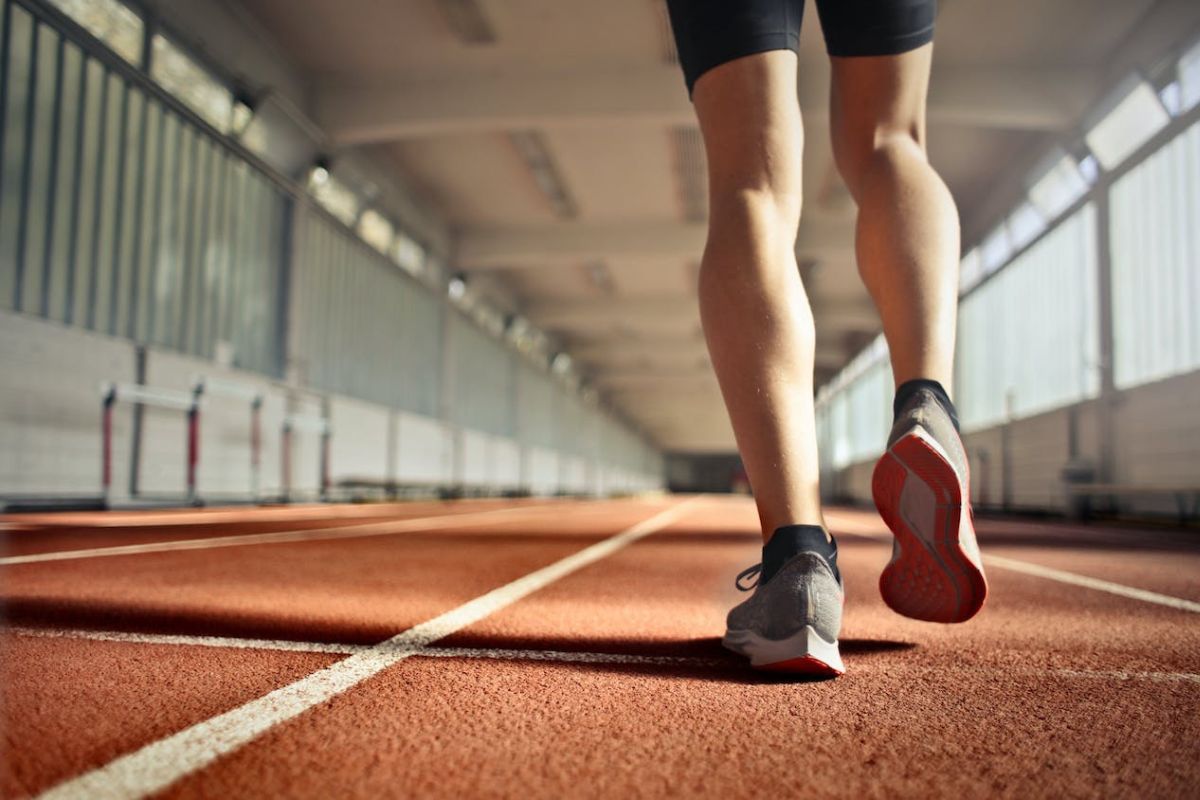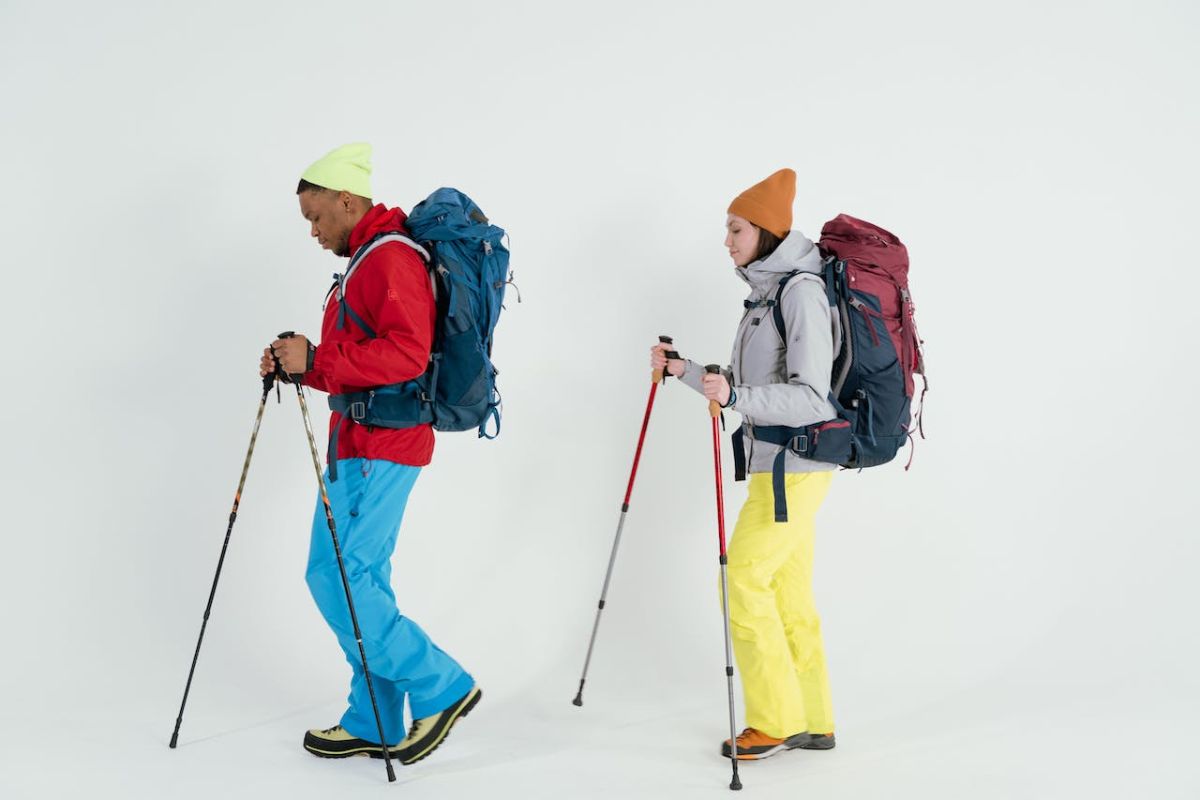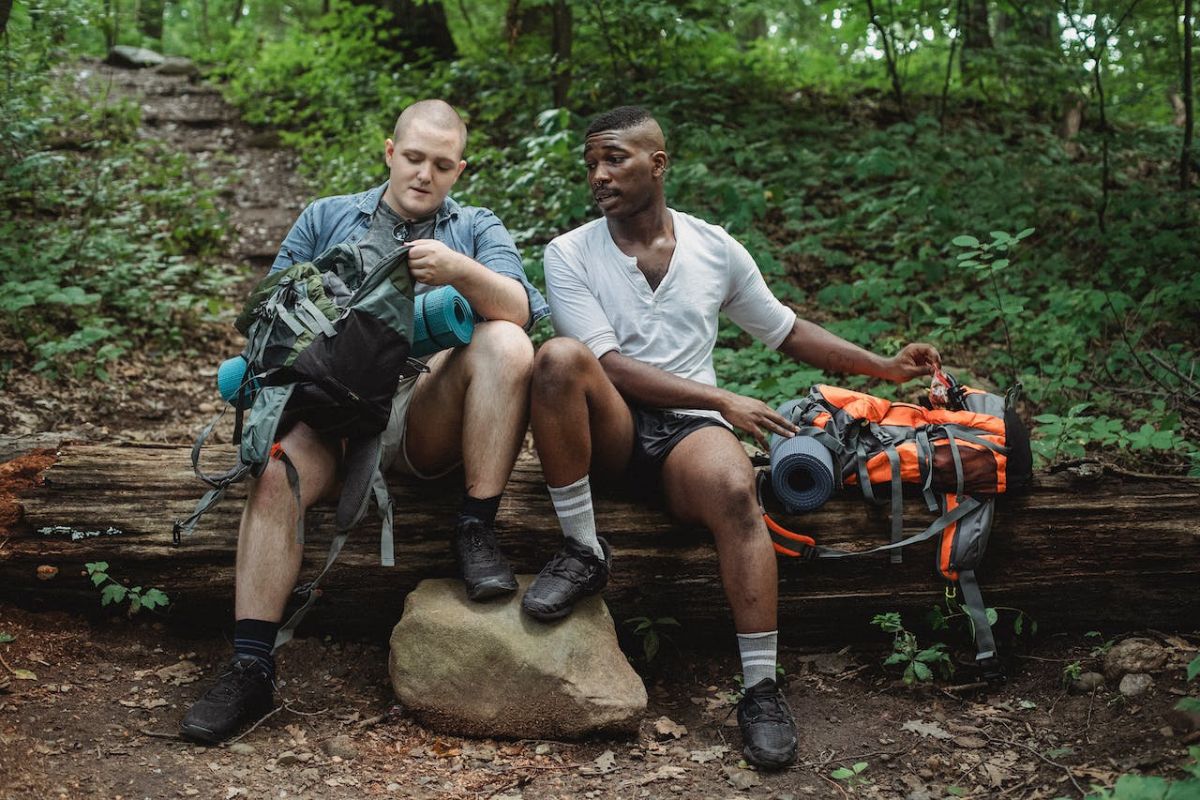Trekking is well-known as one of the adventure sports that requires the stamina and endurance of participants. As you move mainly with your feet on mostly uneven surfaces such as hills, mountains, waterfalls, forests, etc., depending on the weather, this is not recommended for people with weak health. However, anyone of any age, gender, or profession can opt for trekking as long as we prepare the necessary things to ensure the quality of the trip.

Photo: Eric Sanman
In fact, it is not challenging to see images of girls joining trekking and conquering routes from easy to difficult phases, as well as children being free to play, learn, and be creative when choosing trekking on suitable routes. If you are not a person with outstanding physical strength, you can also fully experience this popular sport with great tips suggested by Wanderlust Tips USA.
Improve physical fitness
It is obvious that you cannot have good physical fitness when you have practiced for a few days before going on a trekking trip. At least, you should prepare for this physical training process for 10 days with the necessary exercises suggested below:
- Exercise to improve endurance: By continuously standing up and sitting down, you will train your body to produce large amounts of energy during a long trekking distance.
- Exercise to enhance balance: To start the training, you first find a sturdy, hard object about 5–10 cm high next to the window and stand on that hard object with your toes. In other words, you will have to stand on tiptoes to balance on that hard object.
- Exercise to increase endurance: There is no better way than running regularly, which is known as the best physical preparation exercise for first-time trekkers. If possible, exercise in the morning to improve your health most effectively.
Besides, two days before the official departure date, you should stop practicing so that your body can relax and regain health.

Photo: Andrea Piacquadio
Choose appropriate clothing
Clothing that is compact, dries quickly, and has an elastic waist with good elasticity for comfort is the best choice for trekking. Besides, to avoid scratches from plant collisions, wear clothing that reaches the wrists and ankles, paired with gloves and long socks. Furthermore, if you sweat a lot, you should acquire a forehead headband to absorb moisture and prevent hair from covering your eyes, protecting your forehead from any unexpected impacts.
Climbing shoes should be waterproof, highly durable, and 0.5 to one size larger than the typical shoe size you wear every day because all of the force is centered on your feet while climbing, making them vulnerable. Shoes must be wide enough to accommodate swelling in order for the feet to be comfortable.

Photo: Tima Miroshnichenko
Opt for a suitable trekking time
It would be wonderful to go trekking in the spring or autumn, when it is not too cold or too hot. If it’s hot, it is easy to get heat stroke and sweat too much, quickly lose strength, and make it difficult to complete your goals. As we know, sunshine is a beautiful condition to capture clouds and take photographs; however, cool weather without rain is most suitable for people with weak physical strength. For first-time trekkers, you should choose 2-day-1-night routes to relax your time.
Don’t try too hard
If you feel tired while trekking, don’t worry about being left behind or being afraid of failure. There is a need to stop and breathe evenly to help your body recover, especially by avoiding sitting. If you sit, don’t sit for too long because your legs will become sore, making it harder to walk when sitting for a long time.

Photo: Kamaji Ogino
During the process of climbing to the peak, if you feel like you can’t try anymore, stop and rest to be ready to come back. Always think about the climb down that is waiting for you. Rest is the most effective way to help you have enough strength to complete the remaining distance. Don’t try your best to climb to the top; you don’t have the strength to climb down.
When you are afraid of heights or have weak physical strength, on narrow roads, just focus on looking at the steps and people in front; absolutely do not look down; it can easily cause dizziness and lightheadedness. Make use of branches and tree trunks on both sides of the road for support, and avoid trees that are rotten, dead, or located next to cliffs.

